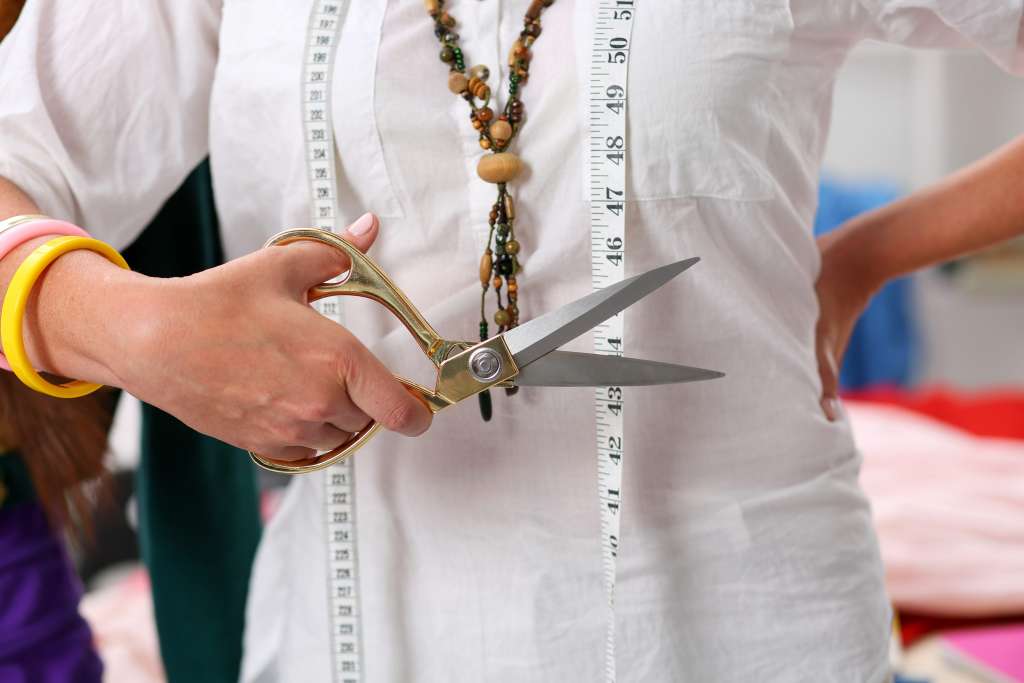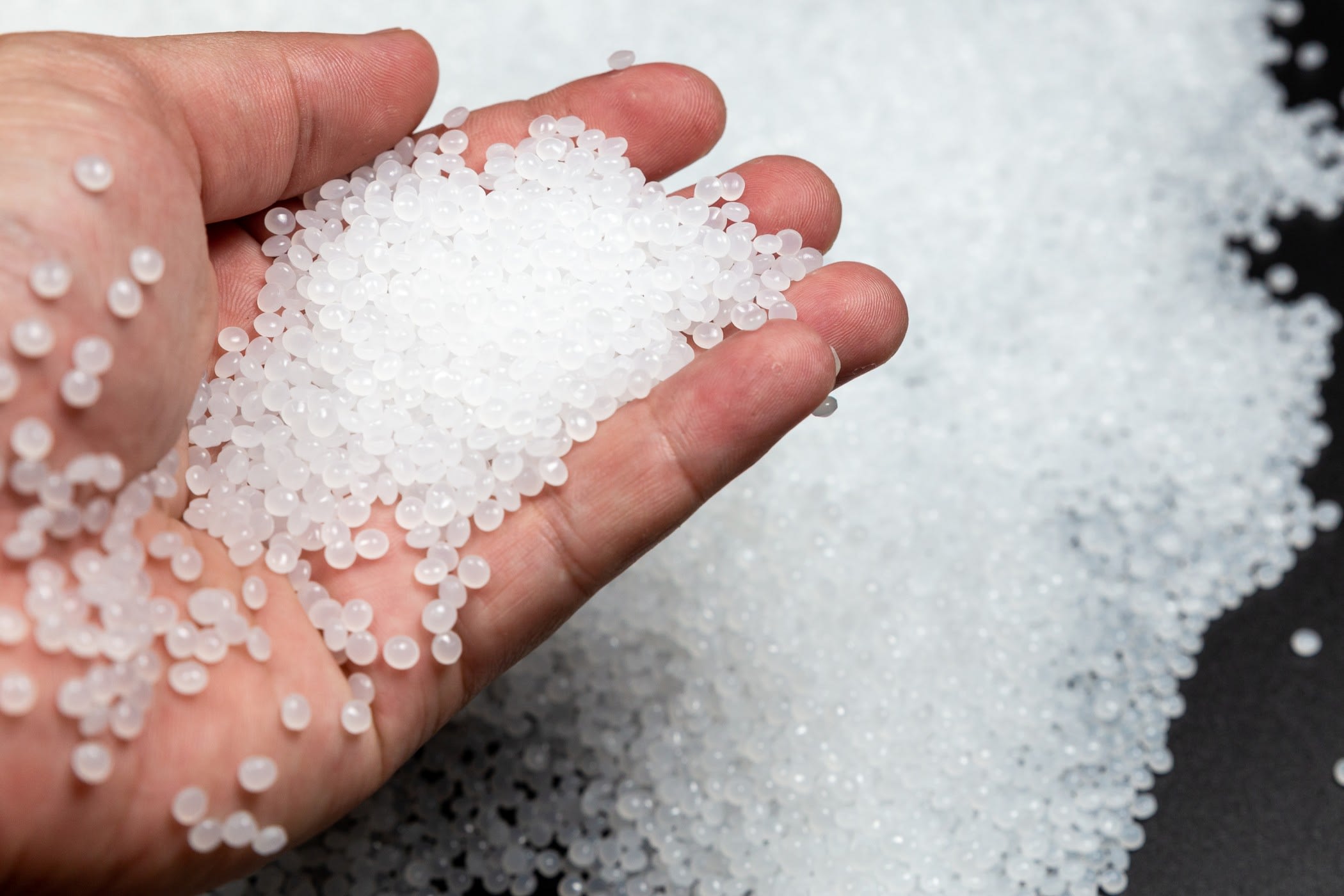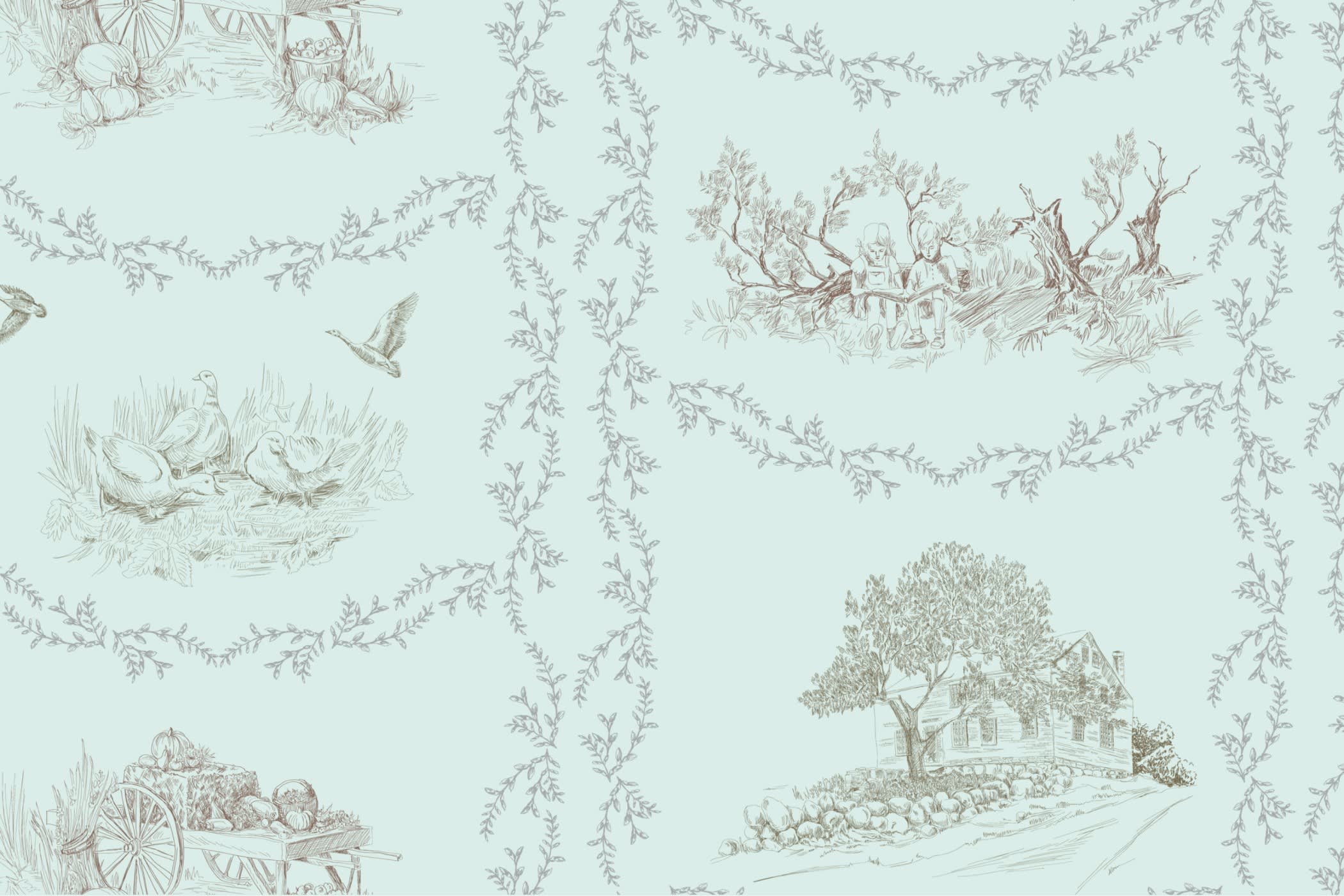How To Convert Knitted Fabric Requirement From Kg To Meter?



Fabric plays a significant role in ensuring textile quality. Choosing a suitable material is crucial for any apparel manufacturing business. One must understand different fabric properties to choose what's best for them. As an apparel manufacturer, knowing the fabric requirements is necessary. Not doing so can lead to manufacturers wasting a lot of money and fabric, eventually affecting one's business and profit margins.
While fabric length is expressed in meters, there are situations where knit fabric is also available in kilograms. So, how does one convert kg measurements into meters? Before understanding how to convert fabric requirement from kg to meter, it's crucial to analyze the factors behind it.
The article below shall be covering the importance of knowing one's fabric requirements. You shall also learn about different factors that impact the fabric quantity used during manufacturing.
Importance of Knowing One's Fabric requirements
Profits are one of the significant indicators of business performance. Apparel manufacturing businesses need to estimate the fabric required to produce a garment to the closest possible figures. If an apparel manufacturer uses excess material, it wastes a high percentage of its money and resources. This error increases manufacturing costs, decreasing one's profits.
Knowing the fabric requirement is also crucial to maintain an optimum amount of inventory as it helps a business to plan its production accordingly.
Factors Affecting Fabric Consumption
Some important factors affecting fabric consumption are as follows:
- Fabric Width
Fabric width plays a crucial role while calculating total fabric consumption. An increase in fabric width ensures less wastage.
This phenomenon leads to less fabric being used for garment manufacturing. On the other hand, a lesser fabric width can lead to extra material being used for manufacturing and also increase the amount of waste.
- Markers
Markers are unique stencils that show how pattern pieces can be cut from multiple layers of fabric. To that end, marker efficiency is a crucial part of garment manufacturing.
Markers with more garments ensure better fabric utilization, wasting lesser fabric. On the other hand, markers with fewer garments often waste more material.
- Fabric Shrinkage
Fabric shrinkage is a common phenomenon in apparel manufacturing. It is the process where a piece of fabric retracts in size when subjected to laundry.
The leading cause of shrinkage is often attributed to the release of strains during manufacturing.
That said, the garment shrinkage rate is directly proportional to its fabric consumption. When the shrinkage increases, the fabric consumption rate will also increase.
- The fabric repeat size and print
The repeat size of the fabric is directly proportional to its consumption. When the repeat size increases, the quantity of material used will also increase.
To that end, solid colors are easy to deal with, especially during marker making.
Additionally, they also amount to lesser fabric consumption.
- Grain
Grain is another critical factor impacting fabric consumption. Various parts of a garment are cut at the bias. When using straight grain, manufacturers will need a lesser quantity of fabric. Alternatively, cross-grain and bias grain would use a higher amount of material.
Fabric Requirement: How to Convert Kg to Meter?
The process is fairly simple. To convert fabric requirements from kg to meter, one requires the following details:
- Width of fabric
- Weight of fabric (expressed in per square unit - GSM)
- Fabric weight one needs to convert kg into meter.
Once these details are available, one can simply put these in a formula to convert kg to meter.

Formula for calculating the length of the fabric
Before understanding the formula for calculating the length (in meters), let’s see how the weight of the fabric (in grams) is calculated.
Weight of the fabric (in grams) = Length of the fabric (in meter) x Width of the fabric (in meter) x Fabric GSM
Now, to calculate the length of the fabric (in meters), the formula will be:
Length of the fabric (in meter) = Weight of the fabric (in grams) / [Width of the fabric (in meter) x Fabric GSM]
For example, if the weight of the fabric is 6600 grams, fabric GSM is 165 grams, and the width of the fabric is 2.0 meters, the length of the fabric (in meters) will be calculated as under:
Fabric length (in meters) = 6600 / [2.0 x 165]
= 20 meters.
What is the formula to convert kg to meter?
If the weight of the fabric is given in kilograms, to convert kg to meter, the formula will change slightly:
Length of the fabric (in meter) = Weight of the fabric (in kgs) x 1000 / [Width of the fabric (in meter) x Fabric GSM]
Suppose the weight of the fabric is 7.8 kgs, fabric GSM is 172 grams, and the width of the fabric is 1.5 meters, the length of the fabric (in meters) will be calculated as under:
Fabric length (in meters) = 7.8 x 1000 / [1.5 x 172]
= 30.23 meters.
What if the width of the fabric is mentioned in inches?
If the fabric width is mentioned in inches, to calculate the length of the fabric, the formula to convert kg to the meter will be:
Length of the fabric (in meter) = Weight of the fabric (in kgs) x 1000 / [Width of the fabric (in meter) x 0.0254 x Fabric GSM]
Suppose the weight of the fabric is 4.7 kgs, fabric GSM is 100 grams, and the width of the fabric is 64 inches, the length of the fabric (in meters) will be calculated as under:
Fabric length (in meters) = 4.7 x 1000 / [64 x 0.0254 x 100]
= 28.91 meters
One can use the above formulas to calculate the approximate length of the fabric. You can do so using the fabric weight and other factors.
As an apparel manufacturer, converting the fabric requirement from kgs to meters is quite beneficial, helping manufacturers save tons of money.
Final Thoughts
Determining how much fabric is required for production is tricky. As an intelligent apparel manufacturer, one must figure out a rough estimate and understand the various factors involved, like the fabric's weight, width, and GSM.
Knowing how much fabric one needs before making any decision is helpful, especially when the cost of sourcing fabrics has been quite expensive lately.
Fashinza is a tech-based platform that helps to automate business processes. It handles everything from production to delivery. Over the years, Fashinza has been a one-stop solution for many apparel manufacturers. One can easily list their garment manufacturing business on Fashinza and take it online. Fashinza helps streamline many business functions, ultimately saving time and cost.

With features like AI-based matchmaking, chat-based communication and forecast-driven designs, Fashinza helps 100s of manufacturers grow their businesses. Sign up for Fashinza now.



















